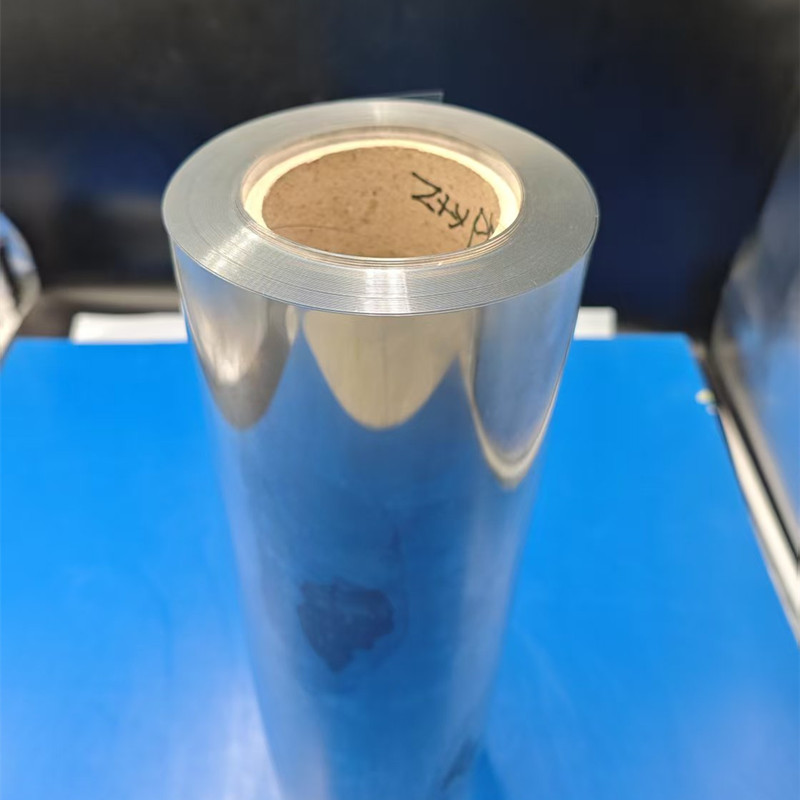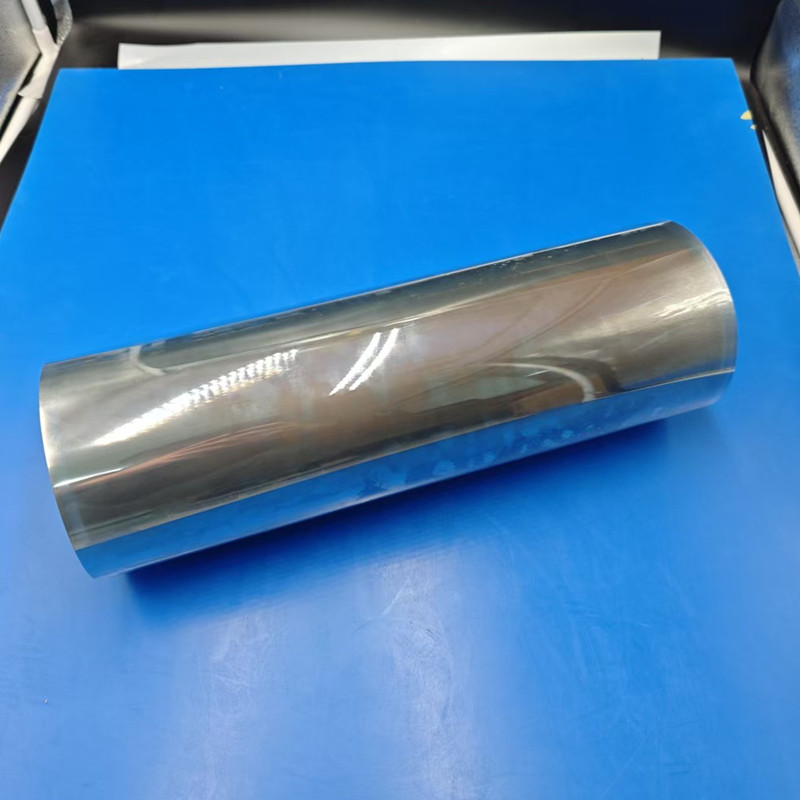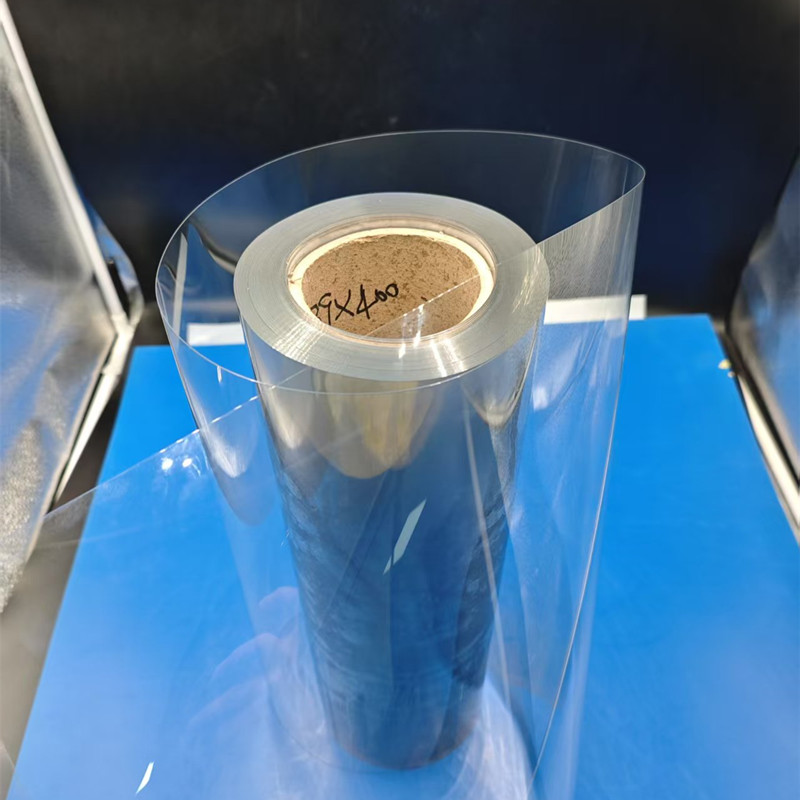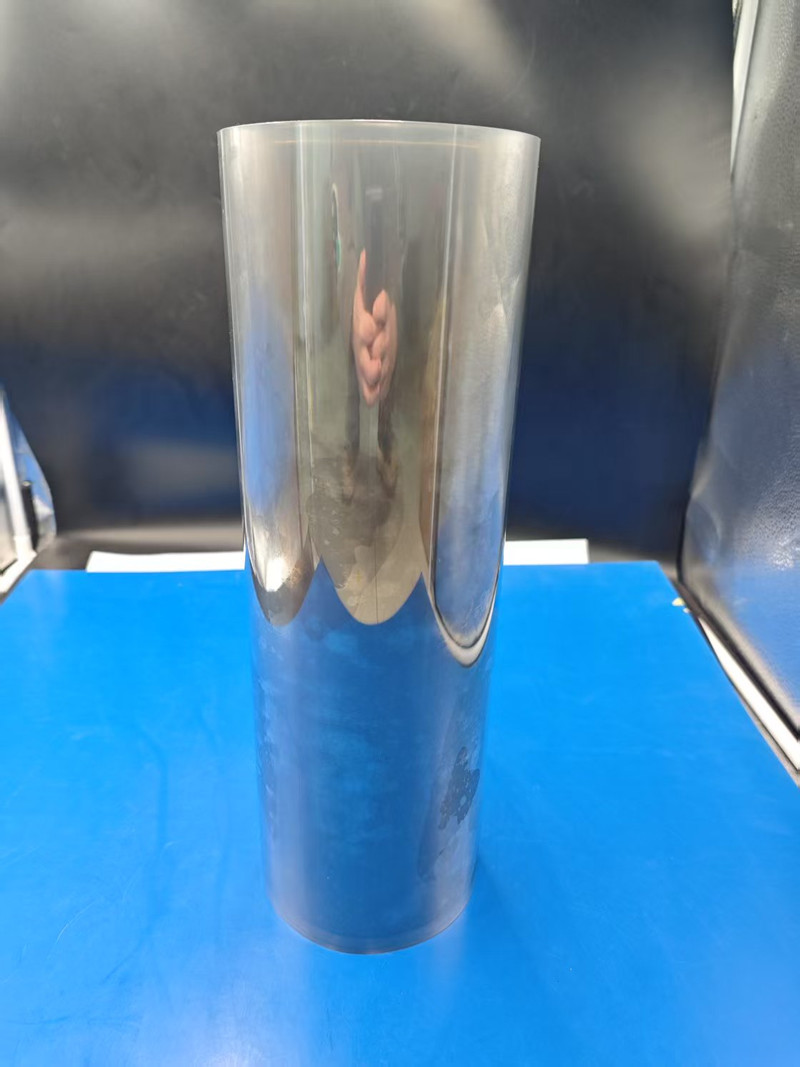pet 0311
4 week agoThermoforming is a manufacturing process where a plastic sheet is heated to a pliable forming temperature, formed to a specific shape in a mold, and then trimmed to create a usable product. This process is commonly used to produce various types of packaging, such as blister packs, clamshells, trays, and containers.
Key Features of PET Sheet Rolls for Thermoforming
1. Material Composition:
- PET (Polyethylene Terephthalate): A thermoplastic polymer known for its clarity, durability, and versatility.
- Additives**: Depending on the application, PET sheets may include additives for enhanced properties such as UV resistance, anti-static, or barrier properties.
2. Thickness:
- PET sheet rolls come in various thicknesses, typically ranging from 0.15 mm to 3 mm. The thickness is chosen based on the specific requirements of the final product.
3. Surface Finish:
- Clear and Transparent: Ideal for applications where visibility of the packaged product is important.
- Opaque or Colored: Available in different colors and opacities for branding and aesthetic purposes.
- Textured: Some sheets may have a textured surface for improved grip or visual appeal.
4. Mechanical Properties:
- High Strength and Rigidity: PET sheets offer excellent mechanical strength, making them suitable for a wide range of applications.
- Flexibility: Despite their rigidity, PET sheets can be easily formed into complex shapes during the thermoforming process.
5. Chemical Resistance:
- PET is resistant to many common chemicals, including acids, alkalis, and solvents, making it suitable for food and pharmaceutical packaging.
6. Barrier Properties:
- PET provides good barrier properties against gases and moisture, which is crucial for preserving the quality and shelf life of packaged products.
7. Recyclability:
- PET is a highly recyclable material. Many PET sheets are made from recycled content, and the end products can also be recycled, contributing to sustainability efforts.
Applications
- Food Packaging: Clamshells, trays, and containers for fresh produce, baked goods, and ready-to-eat meals.
- Pharmaceutical Packaging: Blister packs and other protective packaging for medications and medical devices.
- Consumer Goods: Packaging for electronics, toys, and other consumer products.
- Industrial Applications: Protective covers, liners, and custom-formed parts for industrial use.
Manufacturing Process
1. Sheet Extrusion: PET pellets are melted and extruded into a continuous sheet.
2. Rolling and Cooling: The extruded sheet is cooled and rolled into large rolls.
3. Quality Control: The sheets are inspected for consistency, thickness, and any defects.
4. Cutting and Slitting: The rolls are cut and slit to the desired width and length for specific applications.
Advantages
- Cost-Effective: PET is relatively inexpensive compared to other thermoplastics.
- Versatile: Can be used for a wide range of applications and can be easily customized.
- Aesthetic Appeal: Clear and glossy finish enhances the visual appeal of the packaged product.
- Sustainable: Recyclable and often made from recycled materials.
Conclusion
PET sheet rolls for thermoforming are a versatile and cost-effective solution for a variety of packaging and manufacturing needs. Their combination of strength, transparency, and chemical resistance makes them a preferred choice in many industries. Whether you are looking to package food, pharmaceuticals, or consumer goods, PET sheet rolls offer a reliable and sustainable option.




Similar Video Recommendation
You May Also Like
If you are interested in the product, contact Bossgoovideo.com for more information
- *To:
- Shandong Top Leader Plastic Packing CO., LTD
- *Message:
-
Submit
Main Product:
PVC Rigid Film,
PET PETG Rigid Film,
HIPS Film ,
PC Film,
PP Film,
Other plastic packaging products
You May Also Like


















